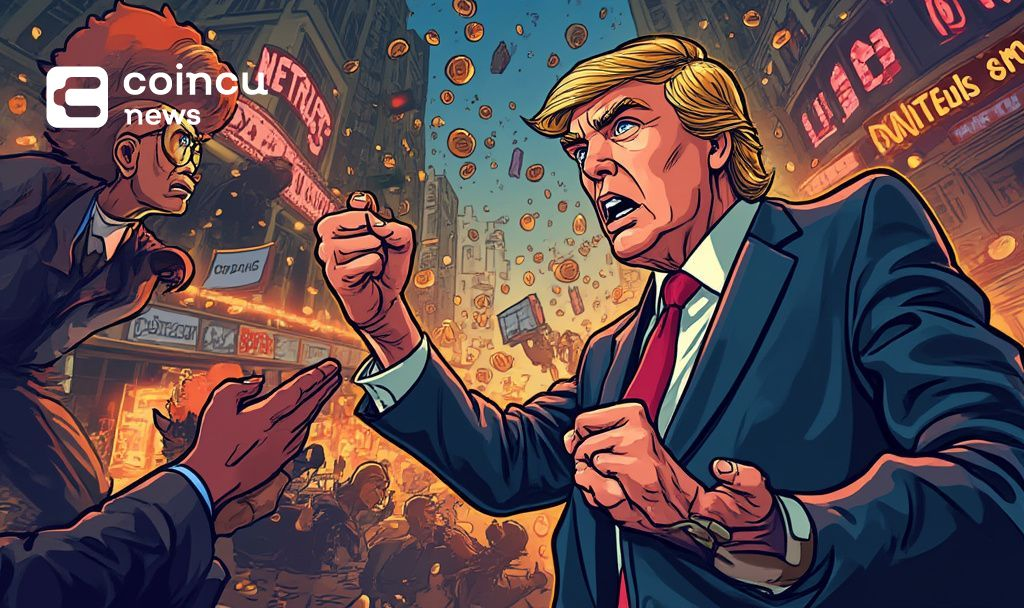 CaryptosHeadlines Media Has Launched Its Native Token CHT.
Airdrop Is Live For Everyone, Claim Instant 5000 CHT Tokens Worth Of $50 USDT.
Join the Airdrop at the official website,
CryptosHeadlinesToken.com
CaryptosHeadlines Media Has Launched Its Native Token CHT.
Airdrop Is Live For Everyone, Claim Instant 5000 CHT Tokens Worth Of $50 USDT.
Join the Airdrop at the official website,
CryptosHeadlinesToken.com
- Cryptocurrency trading volume fell 70% post-election.
- Market cap dropped to $2.9 trillion.
- Upcoming regulations could impact trading activity.


Cryptocurrency trading volume fell 70% post-election amid tariff-induced market uncertainty.
Daily cryptocurrency trading volume has nosedived from $126 billion post-US election on November 5 to $35 billion. The shift aligns with recent tariff announcements. Market participants are focusing on future regulatory clarity, which could reignite trading. Current trends suggest a phase of strategic positioning.
Cryptocurrency Trading Volumes Plummet Post-Election
Cryptocurrency trading volume, which peaked at $126 billion following the US election, has now significantly dropped to $35 billion. The decline reflects increased market uncertainty after recent tariff announcements involving major US trading partners. Total market capitalization followed a similar pattern, decreasing from $3.9 trillion to approximately $2.9 trillion.
This sharp reduction in trading activity suggests diminished market enthusiasm and heightened caution. Market participants appear to be in a period of accumulation, focusing on strategic positioning over speculative active trading.
John Doe, Analyst, Galaxy Digital, remarked, “The significant drop in trading volume reflects a cooling market enthusiasm that is being impacted by macroeconomic factors like tariff announcements.”
Recent market reactions show investors are awaiting upcoming regulatory announcements. The Trump administration’s stance on cryptocurrency regulation could serve as a key market catalyst. The industry’s response has largely been one of anticipation, leading experts to speculate on the timing of any potential policy changes.
Experts Anticipate Regulatory Clarity to Trigger Market Turnaround
Did you know?
Historically, declines in trading volume often precede major market movements, with reduced liquidity potentially amplifying price impacts.
The decline in trading volumes reflects historical patterns where reduced liquidity has led to major market shifts. When key players decide to reallocate, price impacts are often intensified due to the lower volumes.
Experts suggest a potential market rejuvenation as regulatory clarity emerges.
could be a turning point, setting the stage for renewed interest. Historical trends underline the importance of liquidity, with commentators predicting volatile price movements when trading conditions change.












